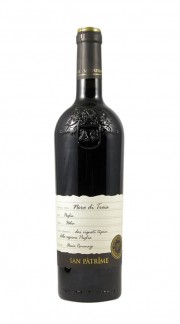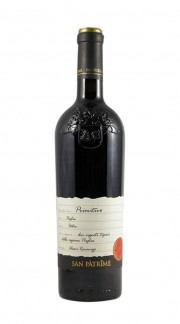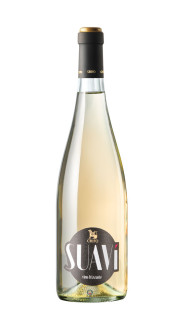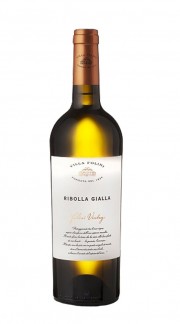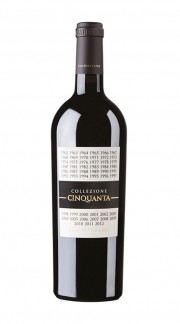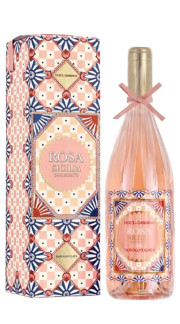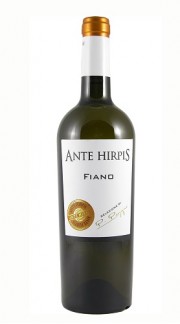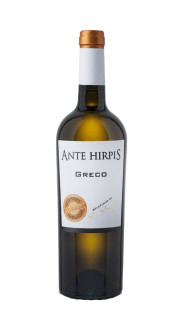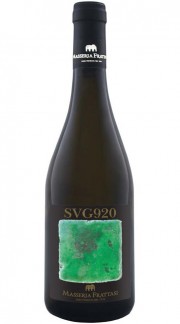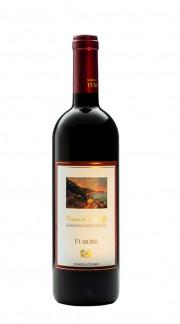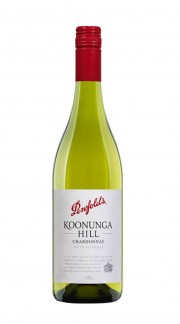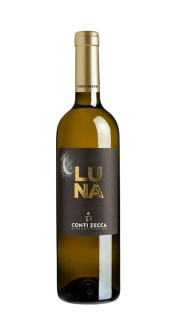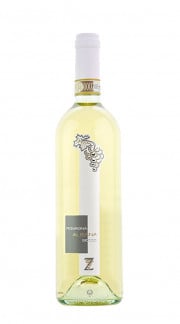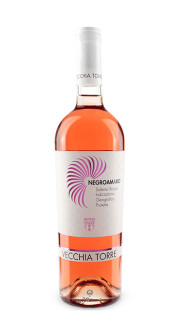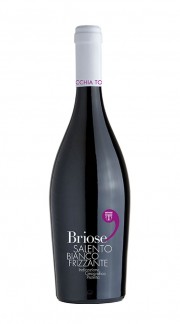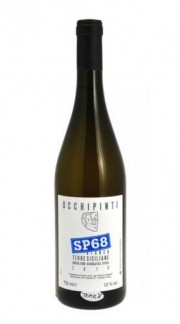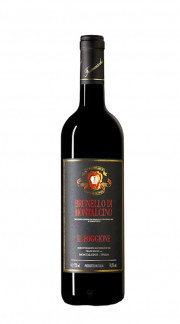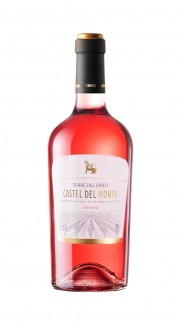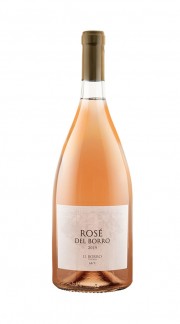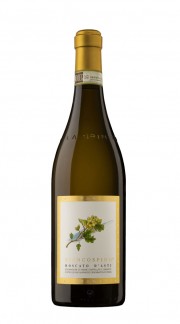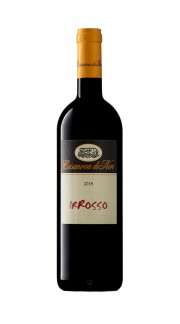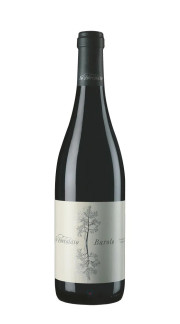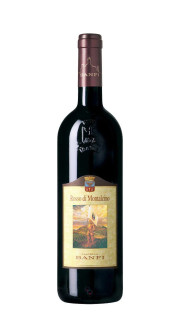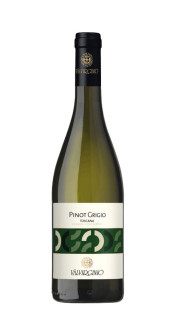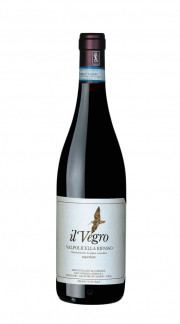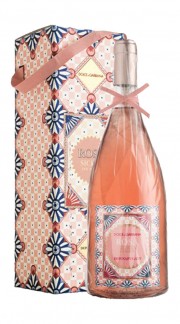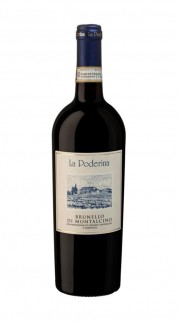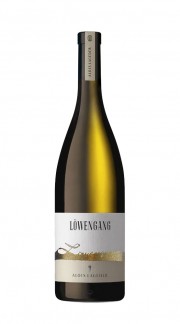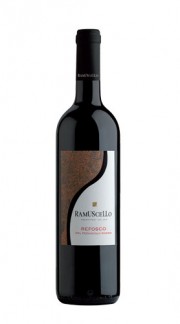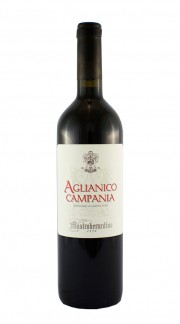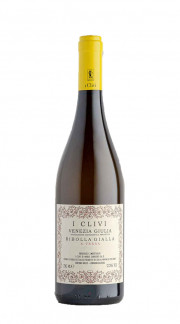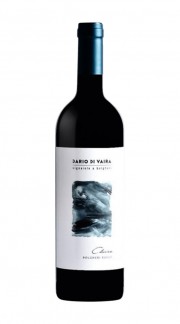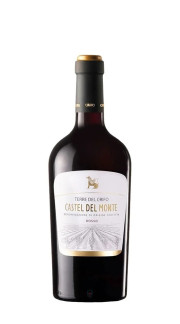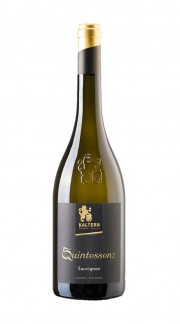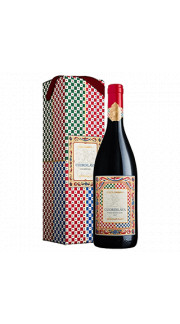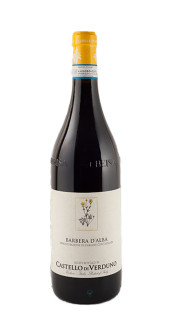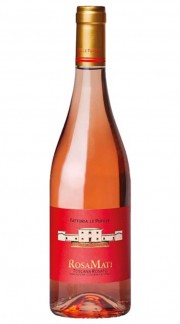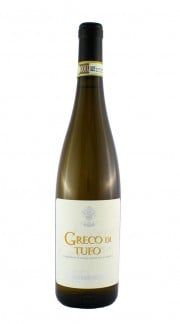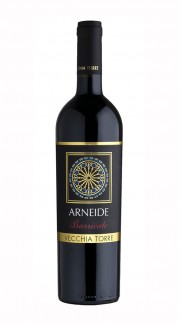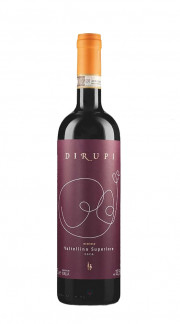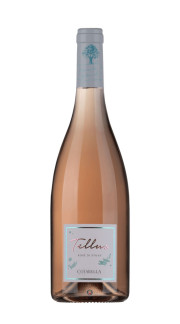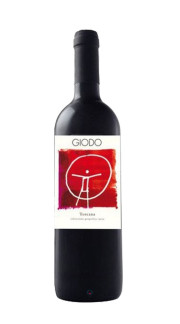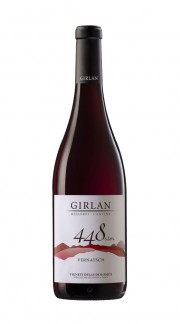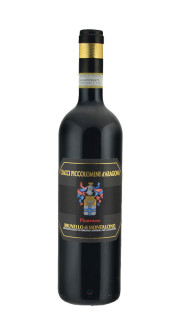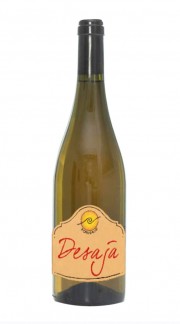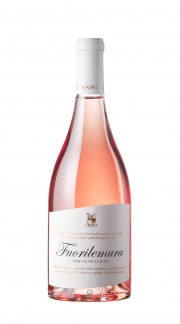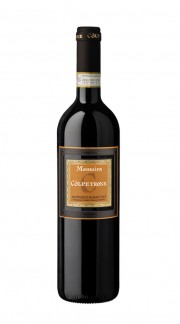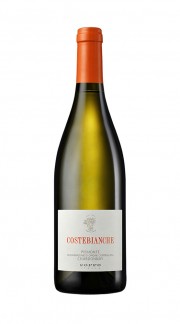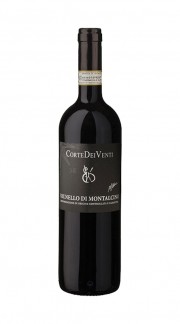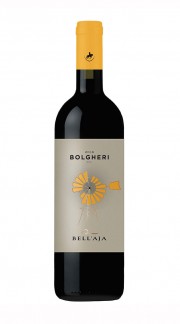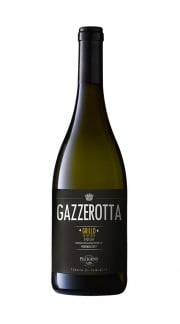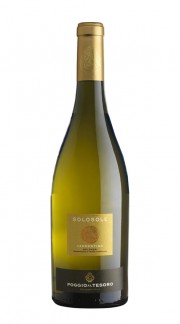- Immediate availability
It lacks to free shipping
Wine
Very difficult to date the appearance of the vine on planet Earth and even more complex to determine the first forms of vinification and, therefore, of wine production. It is hypothesized that the vine appeared for the first time over 200 million years ago and various fossils testify to its presence in European areas, where it has currently been cultivated for at least one million years. We are talking about an absolutely wild plant, at the time, therefore unsuitable for winemaking. In the Neolithic era, about 5,000 years ago, man became sedentary and thus began the first embryonic forms of agriculture and, therefore, the selection of the various cultivation species, including Vitis Vinifera Silvestris, or wild vine. Traces of vine cultivation and also of amphorae containing drinks which are supposed to derive from grape juices have recently been discovered in various archaeological sites, dating back to periods between 5000 and 1000 BC, especially in regions of Asia Minor (Georgia , Caucasus, Mesopotamia), where it is hypothesized that the first rudimentary process of transforming grapes into wine was born, datable to around 4100 BC Vitis Vinifera Sativa, i.e. the domesticated form of Silvestris, is in fact present in this era in many territories overlooking the Mediterranean.
- € 7,90
- Immediate availability
€ 8,90- Immediate availability
€ 9,90- Immediate availability
€ 8,90- Immediate availability
€ 13,60- Immediate availability
€ 15,10- Immediate availability
€ 8,90- Immediate availability
€ 8,90- Immediate availability
€ 52,90- Immediate availability
€ 8,50- Immediate availability
€ 8,50- Immediate availability
€ 55,00- Immediate availability
€ 65,00- Immediate availability
€ 9,90- Immediate availability
€ 22,00- Immediate availability
€ 14,60- Immediate availability
€ 11,90- Immediate availability
€ 18,90- Immediate availability
€ 9,90- Immediate availability
€ 65,00- Immediate availability
€ 11,40- Immediate availability
€ 16,90- Immediate availability
€ 49,00- Immediate availability
€ 20,50
WINE IN ITALY
Subsequently, recent studies confirm that it was the Phoenicians who brought vines and wine to Greece who, in turn colonizing southern Italy, well known as Magna Graecia, actually began the cultivation of vines and the production of wine in that area , precisely called Enotria, which included part of Campania, Basilicata and Calabria. After the Greeks, viticulture was continued first by the Etruscans, then by the ancient Romans.
On the origin of wine, as a drink, it certainly derives from the spontaneous fermentation of grape juice; this process will later be refined from generation to generation and from people to people, as we have seen. Wine, in fact, becomes part of the life and therefore the culture of these populations, so much so that both in Greek and Roman mythology, there are "gods" protectors of the vine and wine (Dionysus in the case of the Greeks, Bacchus for the Romans) and the intoxicating properties of this drink lead to a real cult that includes celebrations, including the famous Bacchanalia.
Thanks to the Romans, who conquered all of Europe and beyond, we owe the spread of the vine: it is said that the legionaries were also "armed" with rooted cuttings (the small young vine seedlings) which they plant where the Legions arrived; therefore the origin of wine in vast areas of France and Germany must be traced back to them. In relation to this propensity for wine, thanks to the vast documentary sources that have come down to us, we can trace the origins of modern Enology right back to the Romans. For example, Columella in his "De Re Rustica" hands down a vast treatment on the subject, starting from viticulture to arrive at cellar practices, surprisingly valid even today. The truly most incredible aspect, in some ways, is the fact that already at the time the basic elements for the choice of suitable areas for the cultivation of vines had been codified (the Crus, to put it in French) and also vice versa, i.e. which types of vines were more suitable for cultivation in certain areas.
The disappearance of Roman civilization, culminating in 500 AD with the fall of the Western Roman Empire, takes us to the Middle Ages. In these dark years, we have received no documents of substantial technical progress, from an agronomic and oenological point of view, but the production of wine continues above all because, together with bread, it represents one of the main foods for the rural populations of the time. Furthermore, its use in Christian rites and the work of writing by the monks meant that the principles of oenology and vine cultivation were handed down until the Renaissance. To have the first real oenological text, however, we have to wait for 1500 and precisely the letter that Sante Lancerio, historian, geographer and "bottler" of Pope Paul III, wrote to Cardinal Guido Ascanio Sforza. In it, 53 fine wines are identified which are also described from a sensory point of view and, even, of the pairings with food, using a surprisingly current approach and jargon. Among others, the "Rosso di Terracina", the "Greco d'Ischia", the "Vernaccia di San Gemignano" and the "Nobile di Montepulciano" are mentioned. Another cornerstone document of Italian enological, and above all enographic, history is the decree of Cosimo III de' Medici: it dates back to 1710 and defines the boundaries of the production areas of Chianti, Carmignano, Pomino and Valdarno di sopra.
HISTORY OF WINE
We come to 1800: this century marks the birth of industrialized agriculture and brings considerable progress also in the oenological field. We have many characters who, for various reasons, develop the Italian wine market: Camillo Benso di Cavour is among the protagonists of the development of Barolo, while Bettino Ricasoli creates the correct composition of Chianti, establishing the right proportions of the blend, using locally grown vines , such as Sangiovese, Canaiolo, Malvasia; the Englishman John Woodhouse, who moved to Sicily, creates the procedure for the production of Marsala, while Benedetto Carpano, in Piedmont, creates the recipe for Vermouth, flavoring the wine with sugar and aromatic plants. Unfortunately, at the end of the century, phylloxera appeared, a devastating insect imported from the Americas together with cuttings of local vines, in order to search for a remedy against Oidium, a fungal parasite also imported from America. In fact, it had been noted that some autochthonous species of Vitis Lambrusca (wild or American vine) from overseas were found to be particularly resistant to the parasite. Phylloxera, feeding on the roots of the vine and having no natural antagonists in Europe, soon becomes an almost irrepressible scourge that leads to the destruction of more than half of the European viticultural heritage. The solution was found many years later, by grafting the European vines onto an insect-resistant "foot" of American vine. With this necessary innovation, at the beginning of the 20th century the ampelographic panorama of Europe, and therefore also of Italy, underwent radical changes. In a few years, the vines that are most suitable for cultivation in the various chosen areas are selected and the relative rooted vines are created on American roots, consequently huge areas of vines are replanted. Minor native vines disappear forever. Thus we enter the era of modern viticulture. This element also determines the entry of profit into the world of wine and things don't always go the right way. In 1986, for example, an all-Italian scandal marks another turning point for oenology. The use of methanol to raise the alcohol content of low quality wines by some villains and the consequent dozens of deaths and permanent blindness attributable to it, cause damage to the image of Italian production with consequences that initially seem even irreparable. In reality, this is only a strong signal to introduce those indispensable safety standards in Italy too, but above all that love for excellence, as opposed to the production volume that still separated, with few exceptions, Italian production from that of across the Alps.
Before, the best known Italian wines in the world were Lambrusco, Frascati, Valpolicella wines and Chianti in the typical straw flasks. With a passion for excellence, enlightened producers also arrive who export quality Made in Italy around the world: we are talking about Angelo Gaja with his Barbaresco, the Marquis Mario Incisa della Rocchetta with Sassicaia, the Antinoris with their Tignanello, etc. . The qualitative turning point is marked. Following these visionary forerunners, thousands of local producers understand that excellence and quality are the keys to success.
Thus we arrive, thanks also to Luigi Veronelli, an absolute forerunner, at the time of the Wine Guides, to widespread knowledge, to courses for Sommeliers, and in the end, to the sale and dissemination of wine on the web.
Today it is above all the small producers who carry on the flag of the territory working, in many cases, with the banner of the quality of the best Made in Italy.
